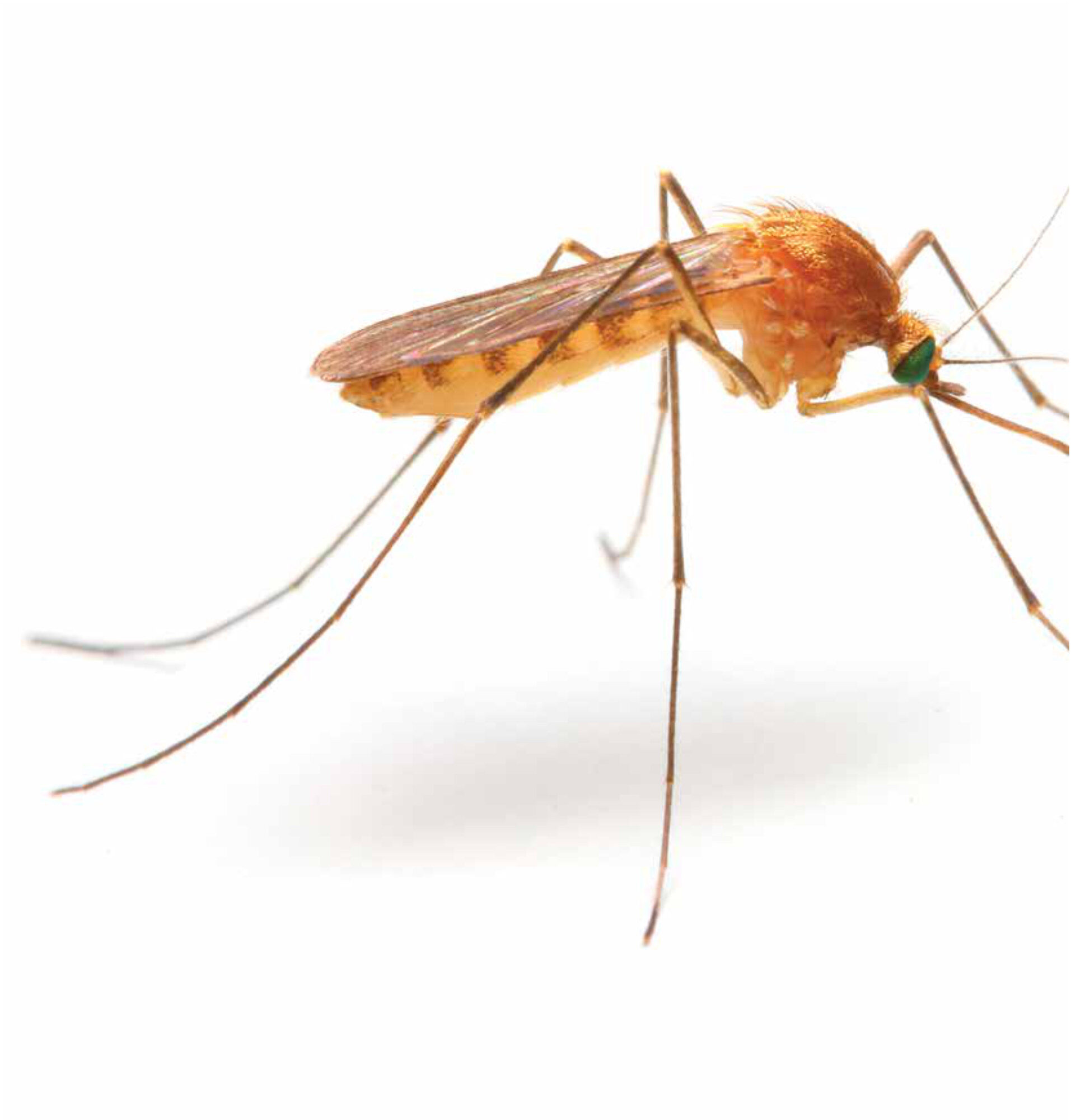Main content
The World Health Organization (WHO) estimated approximately 450 million individuals worldwide suffer from mental health disorders in their lifetime ¹. This high prevalence causes a substantial disease burden as many individuals with psychiatric and psychological disorders remain untreated despite the existence of effective treatments. In 2004 the WHO calculated the treatment gap for serious mental disorders such as depression, obsessive compulsive and anxiety disorders ². They revealed treatment gaps varying from 32% (psychosis) to 78% (alcohol abuse and dependence). The treatment gap for mental disorders is universally large, though it varies across regions. In 2008 the WHO launched an action programme: the Mental Health Gap Action Programme. This programme: ‘aims at scaling up services for mental, neurological and substance use disorders for, especially, low- and middle-income countries. It asserts that with proper care, psychosocial assistance and medication, tens of millions could be treated for depression, schizophrenia, and epilepsy, prevented from suicide and could begin to lead normal lives- even where resources are scarce’³.
The call for a specific target action has the imminent risk of forgetting the achievements that have been made so far. Some major improvements are seen in the field of dealing with mental health issues in the areas of mass violence. At the end of the past century in mass crises as occurred in the Rwandan genocide the mental health community did not have answers to basic questions such as: how to assess and to address mental health needs, and whether interventions in dealing with mental health issues in such crises were effective. Nowadays, we can see advances, as the humanitarian community is more equipped to deal with mental health problems in crises such as in Syria, and the Central African Republic. This article gives a brief overview of what is achieved, presents an intervention model, and provides suggestions for future development.
Assessment
Many needs assessments in areas of mass violence used general indicators such as exposure to violence, witnessing violence or self-experienced violence. The psychosocial health consequences of the exposure to violence are usually measured by means of mental health symptoms or disorders. These indicators prove to be difficult. It appears that the level of violence does not always differentiate sufficiently between those suffering from disorders and those who do not. For instance, in our survey in Mogadishu (Somalia) we find the respondents experience an average of five potential traumatic events such as surviving bombardments, seeing people killed, or their houses being destroyed⁴. However, ‘only’ 30% suffer from Post Traumatic Stress Disorder. The ability to describe a particularly upsetting event is associated with the suffering from PTSD symptoms. Seemingly, people living in areas of mass violence perceive violent events as potentially traumatic only when the events are out of proportion to the context, even if such events in other settings would be classified as traumatizing. It shows the importance of the contextual component. In order to capture the psychological vulnerability of the individual, replacing the indicators on experienced violence, new alternative or proxy indicators such as currently feeling safe, being forced to move⁵, time passed since the beginning of the conflict and difficult recovery environment⁶ are proposed.
The use of scientific epidemiological data contributes to the acceptance of psychosocial and mental health services in areas of conflict. However, concern has also been expressed that the poor validity and reliability of mental health surveys have led to exaggerated outcomes. ‘Methodological factors’ (such as sample size, sampling method, type of measure, time of survey, diagnostic reference) are found to explain largely the wide variation of prevalence rates in different assessment surveys⁷.
The application of Western questionnaires often not validated locally became common practice in the absence of culturally validated instruments. It has led to substantial validity and reliability limitations in most psychological assessment studies over the decades ⁸⁷. To address this problem Bolton and Tang ⁹ have described a method to develop local, validated psychological assessment questionnaires in areas of mass violence.
Furthermore, to tackle the methodological limitations, future assessments in areas of mass violence should use large sample sizes, cross-culturally validated instruments, and the clinical interview to identify needs. For large, acute contexts of mass violence these criteria are not practicable and the application of proxy indicators can be used to reveal psychological vulnerability.
Intervention model
Currently an overall consensus on goals, strategies, and methods for delivering psychosocial support in areas of mass violence exists. The Inter-Agency Standing Committee psychosocial and mental health guidelines¹⁰ are widely accepted as the best practice intervention model. The SPHERE guidelines that set standards for humanitarian emergency interventions include mental health and psychosocial activities¹¹. A standard psychiatric drug list for first line responders¹² as well as a best-practice treatment for stress-related disorders in emergencies is available¹³.
In the Médecins Sans Frontières programme model for acute emergencies ¹⁴ the recruitment, training of national staff, and their involvement in programme design are essential. However, a balanced mix between national staff and (expat) mental health specialists remains necessary. Due to the Mental Health treatment gap experts are often needed to guarantee an appropriate quality level, beneficiaries are essential to translate interventions to local acceptable support.
An intense discussion in the mental health community has evolved around the dilemma how to best support the individual affected beneficiary: community interventions to improve the social ecology or applying an individual, trauma/mental health disorder perspective? From our perspective as a medical humanitarian organization, psychosocial programmes must support both individuals and communities. The individual mental health pathology or psychosocial problems sometimes requires individual (or group) attention in medical settings. However, communities also need support to improve their broken social ecology and to restore their natural healing and support systems. In both approaches the focus on mobilizing the resilience of beneficiaries within their communities is vital. The approach therefore is a combination of community activities and individual support services through the health system.
A step by step approach is promoted, whereas in acute emergencies psychosocial, mental health programmes should prioritize the medical, vertical approach to ensure survival of the most vulnerable. Psychiatric support, provided through primary health care services, for those affected acutely or for those in need of their regular medication is essential. On this foundation in the aftermath or when a chronic crisis emerges, more emphasis is put on people’s ability to cope with and adapt to their new situation. Community interventions become increasingly important in this phase.
Effectiveness of interventions?
Effect research in areas of ongoing mass violence is difficult and riskful at times. Most contexts of mass violence are in non-Western settings, posing an extra challenge to the cross-cultural validity of the research instruments. A general review of mental health programmes showed that interventions to strengthen community and family support systems are effective in improving the mental health status of populations in humanitarian contexts ¹⁵. A review, specifically on psychosocial interventions in contexts of ongoing mass violence, also demonstrates the effect of certain interventions¹⁶.
A Bosnia study shows a marked improvement of two thirds of our 5056 clients. Most effective interventions for PTSD such as Narrative Exposure Therapy (improvement of 71% of the clients), flexible and reconciliation counselling include exposure as a key ingredient (all showing significant improvement of clients). Culturally adapted problem focused counselling and cognitive behavioural interventions showed important improvement of anxiety and depression. For example: both in Uganda and Afghanistan significant symptom improvement post therapy; for Afghanistan even at three months’ follow-up. Various forms of lay counselling, such as problem solving and stress reduction counselling (e.g. Nepal: significant improvement at five months’ follow-up) showed proof of enhancing the client’s functioning. These outcomes confirm the importance of psychosocial interventions in areas of ongoing violence. Symptom reduction and improvement of the individual’s ability to function are crucial for the survival of both the individual and the group.
The mental health gap
A wrong conclusion after reading this article is: the mental health gap is addressed! It is not! It is true we know much better what to do. There are agreed upon formats for interventions and best practices. The Non Governmental Organizations are willing to address the mental health gap. But this is not enough. In most areas of the world including Western countries and countries with emerging economies the accessibility of mental health support, availability of drugs and specialized professionals remain absent. To give an example: psychiatric patients in many institutions all over the world lack proper care, they are subjected to low quality medical support, and they are subjected to human rights abuse.
The Mental Health Gap Action Programme is essential to activate governments to take up their responsibility for some of the most vulnerable in their communities. Isn’t there a saying that the level of civilization of a society is measured by the way the most vulnerable are treated?
References
- Epidemiology WIC in P. Cross-national comparisons of the prevalences and correlates of mental disorders. Bull World Health Organ. 2000;78:413-425.
- Kohn R, Saxena S, Levav J, Saraceno, B. The treatment gap in mental health care. Bull World Health Organ. 2004;82:858-866.
- WHO. mhGAP Mental Health Gap Action Programme. Scaling up care for mental, neurological, and substance use disorders. Geneva, Switzerland: World Health Organization; 2008:1-37.
- Jong K de, Kam S van der, Swarthout T, Ford N, Mills C, Oliver Y, Kleber R. Exposure to violence and PTSD symptoms among Somali women. J Trauma Stress. 2011;24(6):628-634. doi:10.1002/jts.20694.
- Spitzer R L, First M B, Wakefield J. Saving PTSD from itself in DSM V. J Anxiety Disord. 2007;21:233-241. doi:10.1016/j.janxdis.2006.09.006.
- Jong K de, Kam S van der, Ford N, Lokuge K, Galen R van, Reilley B, KLeber R. Conflict in the Indian Kashmir Valley II: psychosocial impact. Confl Health. 2008;2:1-8. doi:10.1186/1752-1505-2-11.
- Steel Z, Chey T SD, Marnane C BR, Ommeren M van. Association of torture and other potentially traumatic events with mental health outcomes among populations exposed to mass conflict and displacement. J Am Med Assoc. 2009;302(5):537-549.
- Hollifield M, Warner T D, Lian N, Krakow B, Jenkins J H, Kessler J, Stevenson J, Westermeyer J. Measuring Trauma and Health Status in Refugees. A Critical Review. J Am Med Assoc. 2002;288(5):611-621.
- Bolton P, Tang A M. An alternative approach to cross-cultural function assessment. Soc Psychiatry Psychiatr Epidemiol. 2002;37(11):537-543. doi:10.1007/s00127-002-0580-5.
- Inter-Agency Standing Committee. IASC guidelines on mental health and psychosocial support in emergency settings. Geneva: Inter-Agency Standing Committee; 2007.
- The Sphere Project. The Sphere Project. Humanitarian charter and minimum standards in disaster response. Geneva: The Sphere Project; 2011.
- Ommeren M van, Barbui C, Jong K de, Dua T, Jones L P-SP, Schilperoord M, Ventevogel PTY, S S. If you could only choose five psychotropic medicines: updating the interagency emergency health kit. PLoS Med. 2011;8(5):21001030. doi:10.1371/journal.pmed.1001030.
- WHO. Guidelines for the Management of Conditions Specifically Related to Stress. First. Geneva, Switzerland: World Health Organization; 2013:1-273.
- De Jong K. Psychosocial and mental health interventions in areas of mass violence: a community based approach. Guideline document (Second Edition). Amsterdam: Médecins Sans Frontières; 2011.
- Tol W A, Barbui C, Galappatti A, Silove D, Betancourt T S, Souza R O, Golaz A, Ommeren M van. Mental health and psychosocial support in humanitarian settings: linking practice and research. Lancet. 2011;378(9802):1581-1591. doi: S0140-6736(11) 61094-5 [pii] 10.1016/S0140-6736(11)61094-5.
- De Jong K, Knipscheer J W, Ford N, Kleber R. The efficacy of psychosocial interventions for adults in contexts of ongoing man-made violence. A systematic review. Health (Irvine Calif). 2014;6:504-516. doi:org/10.4236/health.2014.66070.



















































